Attention-deficit/hyperactivity disorder affects nearly 15% of all school-age children.
One of the three subsets of this disease, predominately inattentive type, is defined as when a person has trouble focusing, staying organized, and keeping their mind on task.
CBD may help by reducing anxiety, aiding in sleep disorders, and reducing depression.
Attention-deficit/hyperactivity disorder, or ADHD, affects millions of people each year. Children are especially likely to be diagnosed with ADHD, with it affecting nearly 15% of all school-age children.
Yet, what many people don’t realize is that ADHD is made up of three subsets: inattention type, hyperactivity-impulsivity type, and combined type. Learn more about inattentive type ADHD, the symptoms that can help diagnose it, and how CBD may aid in managing this common mental health disorder.
The National Institute of Health defines inattentive type ADHD as when a person has trouble focusing, staying organized, and keeping their mind on task to the point that it interferes with day-to-day responsibilities, such as school or work, or inhibits the growth or development of the individual experiencing them. Those with inattentive type may have some of the symptoms of hyperactivity-impulsivity type ADHD as well, though if the symptoms appear in equal measure, it is more likely to be combined type ADHD.
Of course, it is normal for people to have issues paying attention from time to time. However, when these symptoms are intense, occur frequently, or impact someone’s ability to function socially, it is likely more than just a bout of daydreaming.
To be diagnosed with inattentive type ADHD, an individual usually must exhibit at least five of the listed symptoms:
Again, a single instance of any of these is not enough for diagnosis. However, as these issues repeatedly present themselves, the odds of being diagnosed with ADHD increase.
There are a few different ways CBD oil can help manage the symptoms or side effects of inattentive type ADHD:
Further, some have also found success in using CBD oil as a substitute for Adderall when this commonly prescribed ADHD treatment fails to work or induces negative side effects. These reports, though, are mostly anecdotal. If you’re concerned about your ADHD, reach out to your doctor and bring up the issues. A medical professional can help provide effective treatment and work with you to manage this condition.
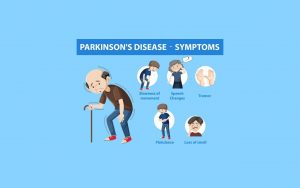
Parkinson’s disease is a degenerative neurological disease that primarily impacts movement. Parkinson’s symptoms include tremors, muscle rigidity, slowing of movement, impaired balance, changes to speech...
Read More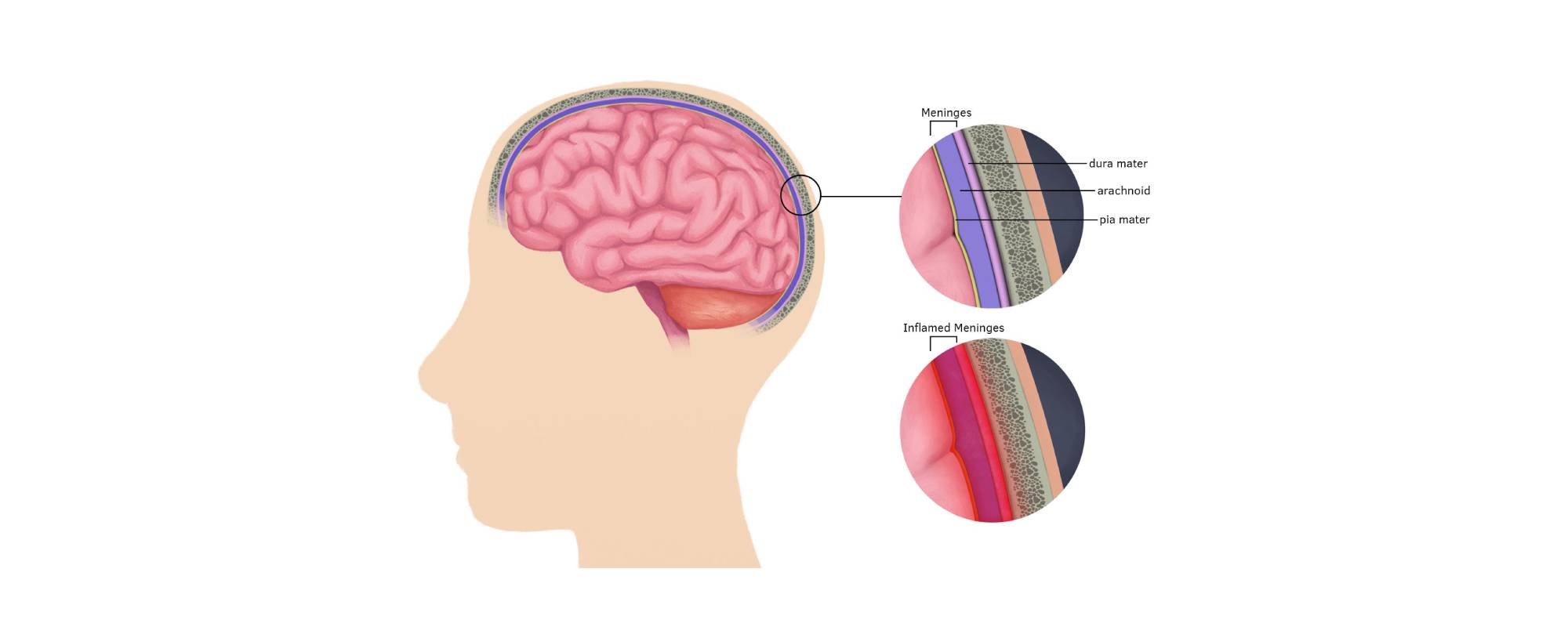
Meningitis is the term used to describe the inflammation of the fluid surrounding the brain and spinal cord and the meninges, or the membranes, that...
Read More
Some researchers are starting to explore what the impacts on atypical depression are. Understanding the current state of research could help you to make better...
Read More
Depressive psychosis is a mood disorder that is very serious and should never be taken lightly. In most cases, it requires immediate hospitalization to protect...
Read More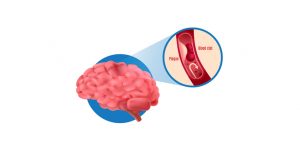
Recent research focuses on CBD oil and dementia. While there is little evidence that shows CBD helps with Alzheimer's, it may help with vascular dementia.
Read More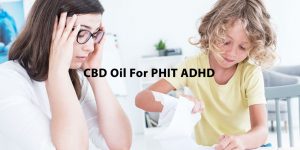
CBD manages the symptoms of PHIT ADHD through the endocannabinoid system by acting as an anti-depressant and helping to reduce impulsivity and hyperactivity
Read More
CBD oil reduces anxiety and stress, two common side effects and symptoms of ADHD. This makes CBD a potential tool for those diagnosed with combined...
Read More
Can CBD oil be used to help treat people with Asperger Syndrome? Smart CBD Hub explores the research and potential benefits for Asperger’s patients.
Read More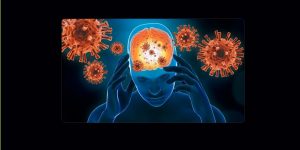
Encephalitis is severe swelling of the brain. Research supports the use of CBD for brain inflammation and swelling and to control immune response.
Read More
While research has focused mostly on disorders like epilepsy, CBD shows promise as a potential aid in mitigating physical and mental health issues in children
Read More